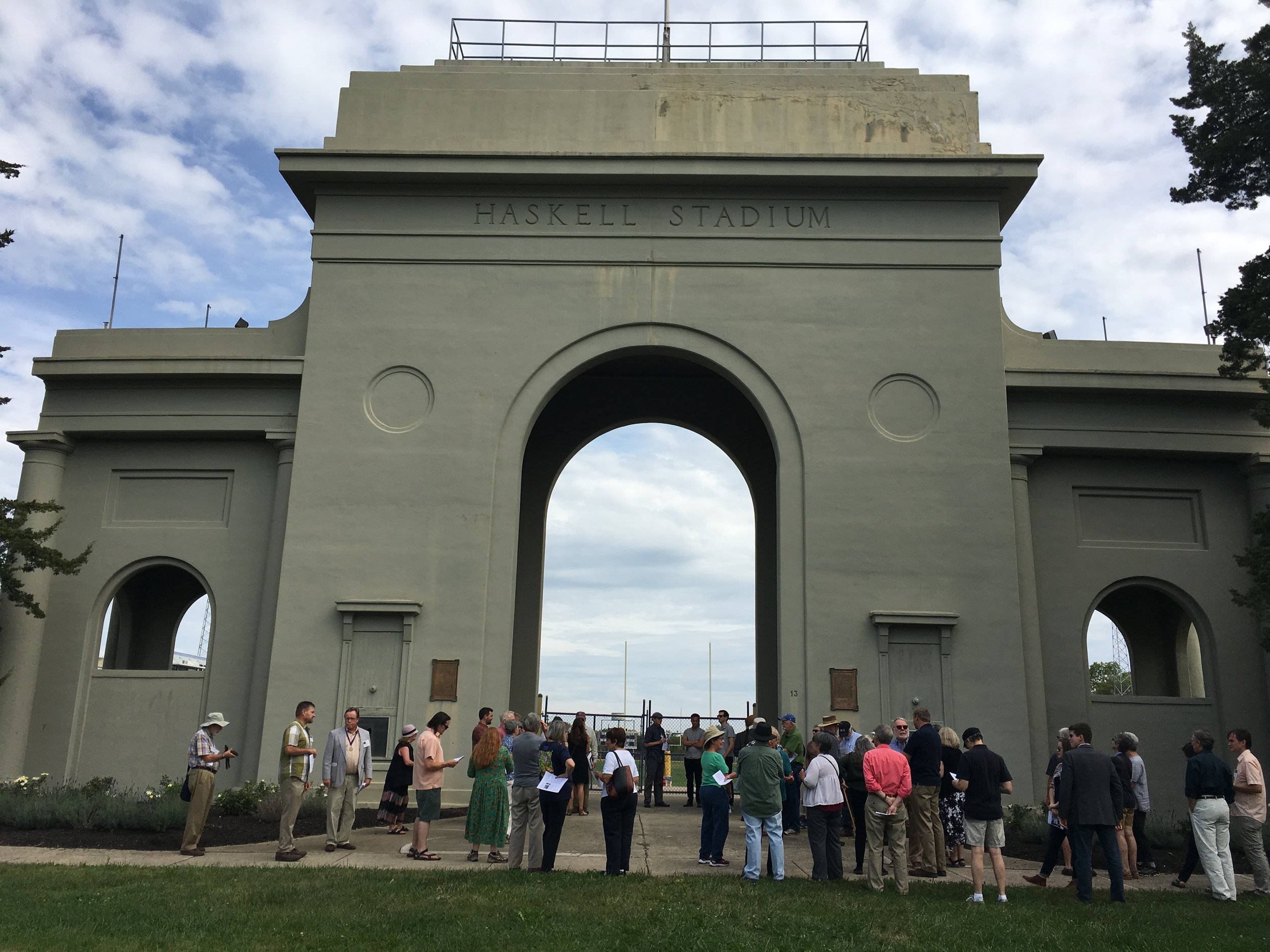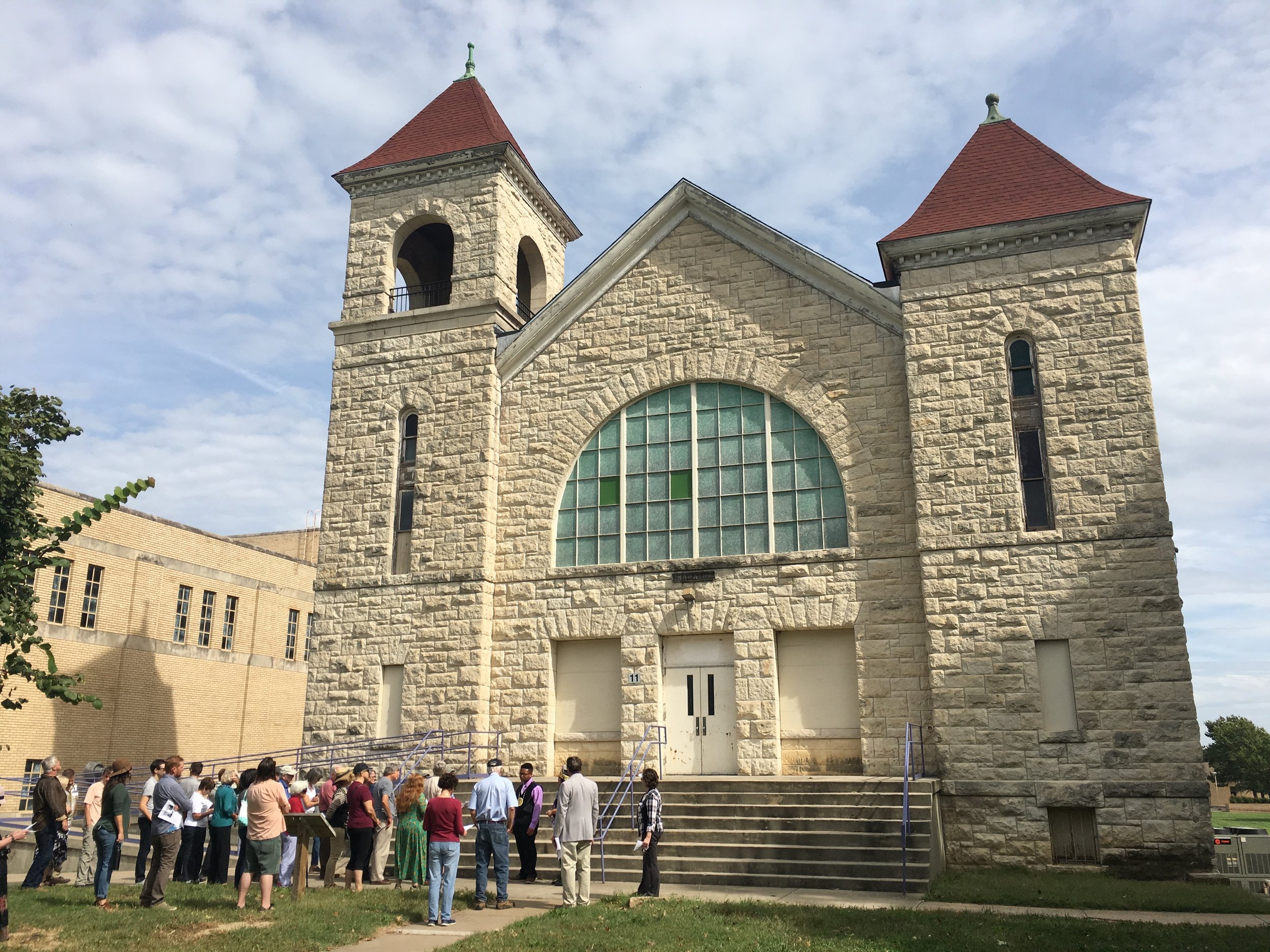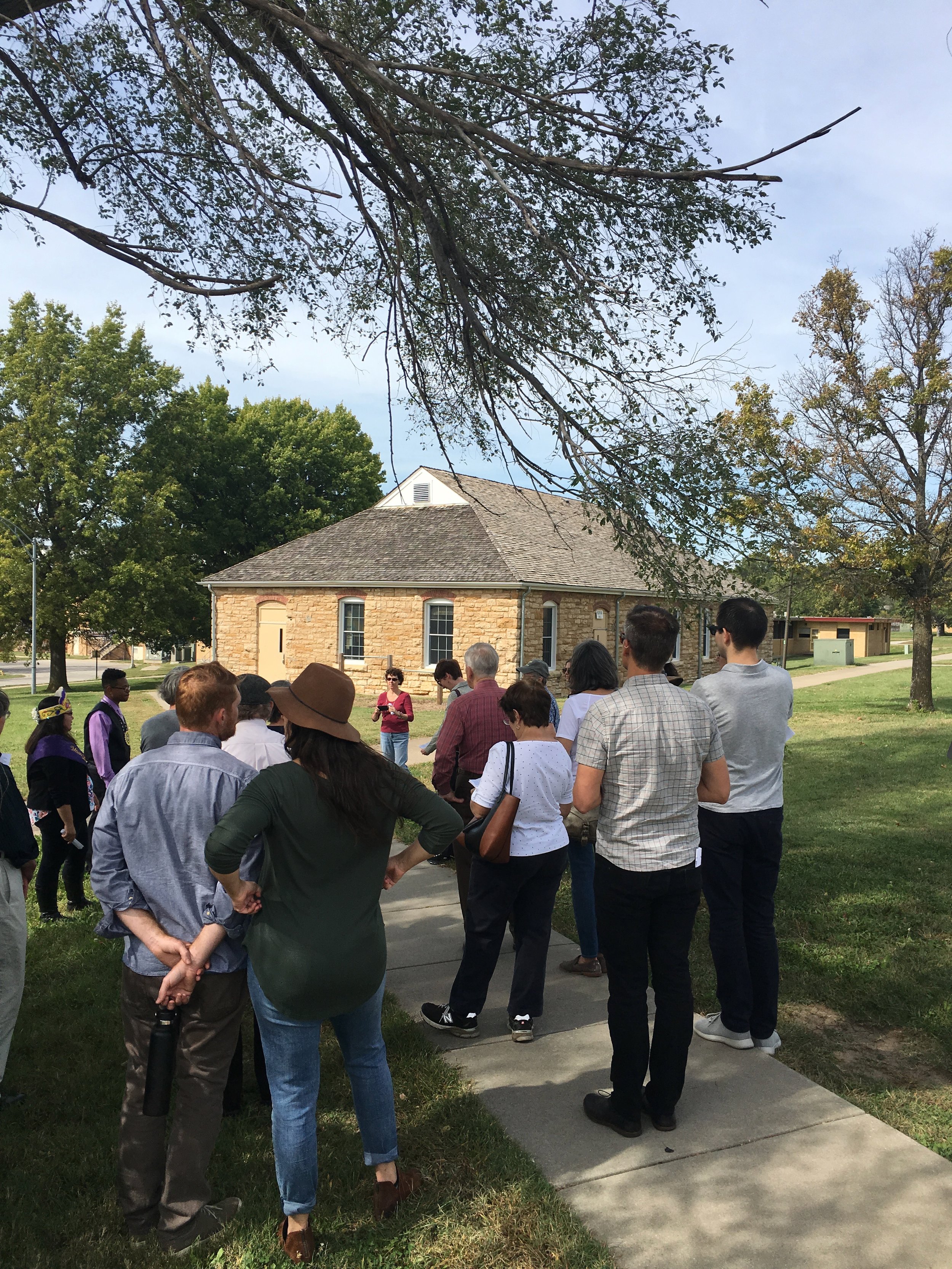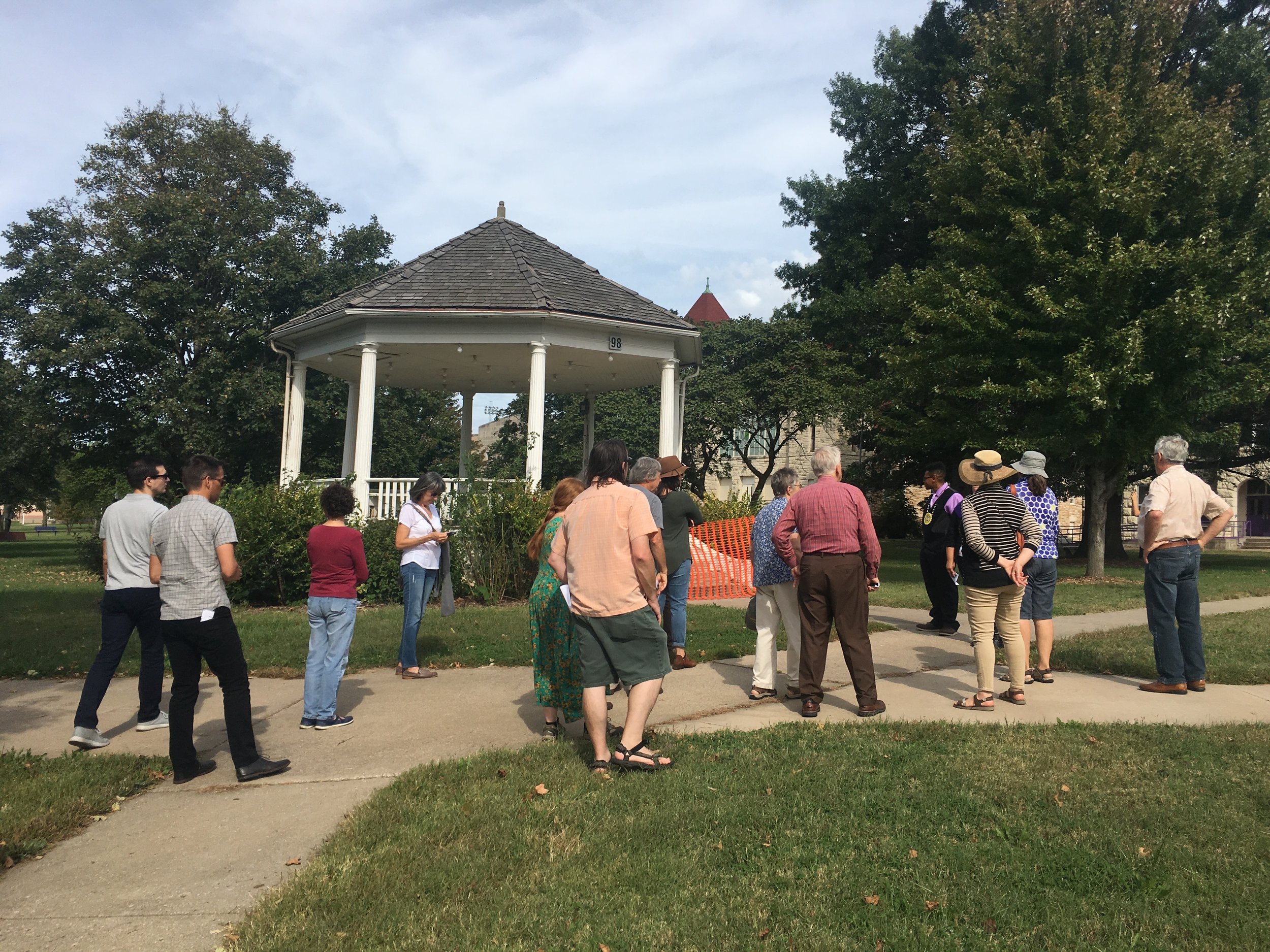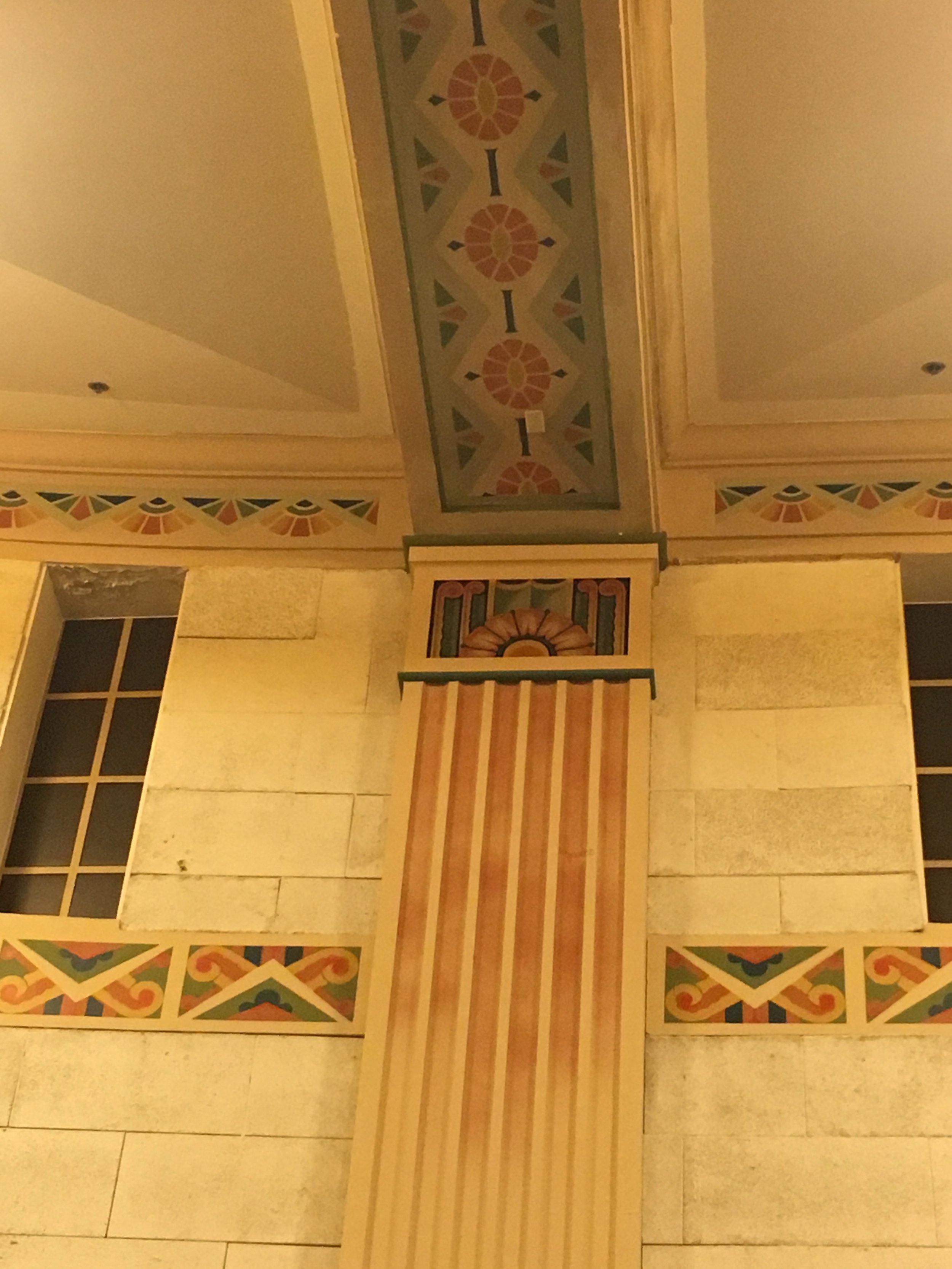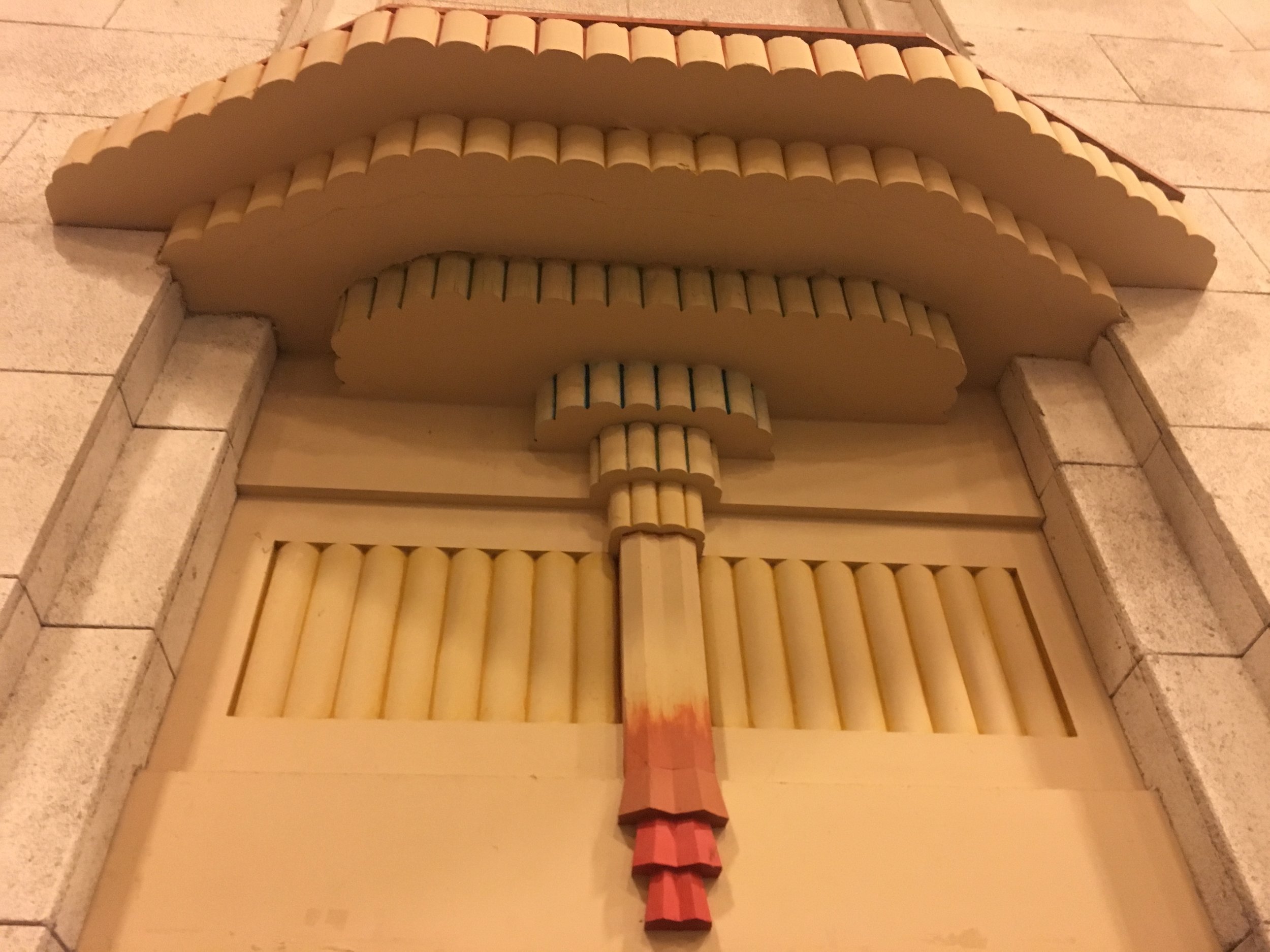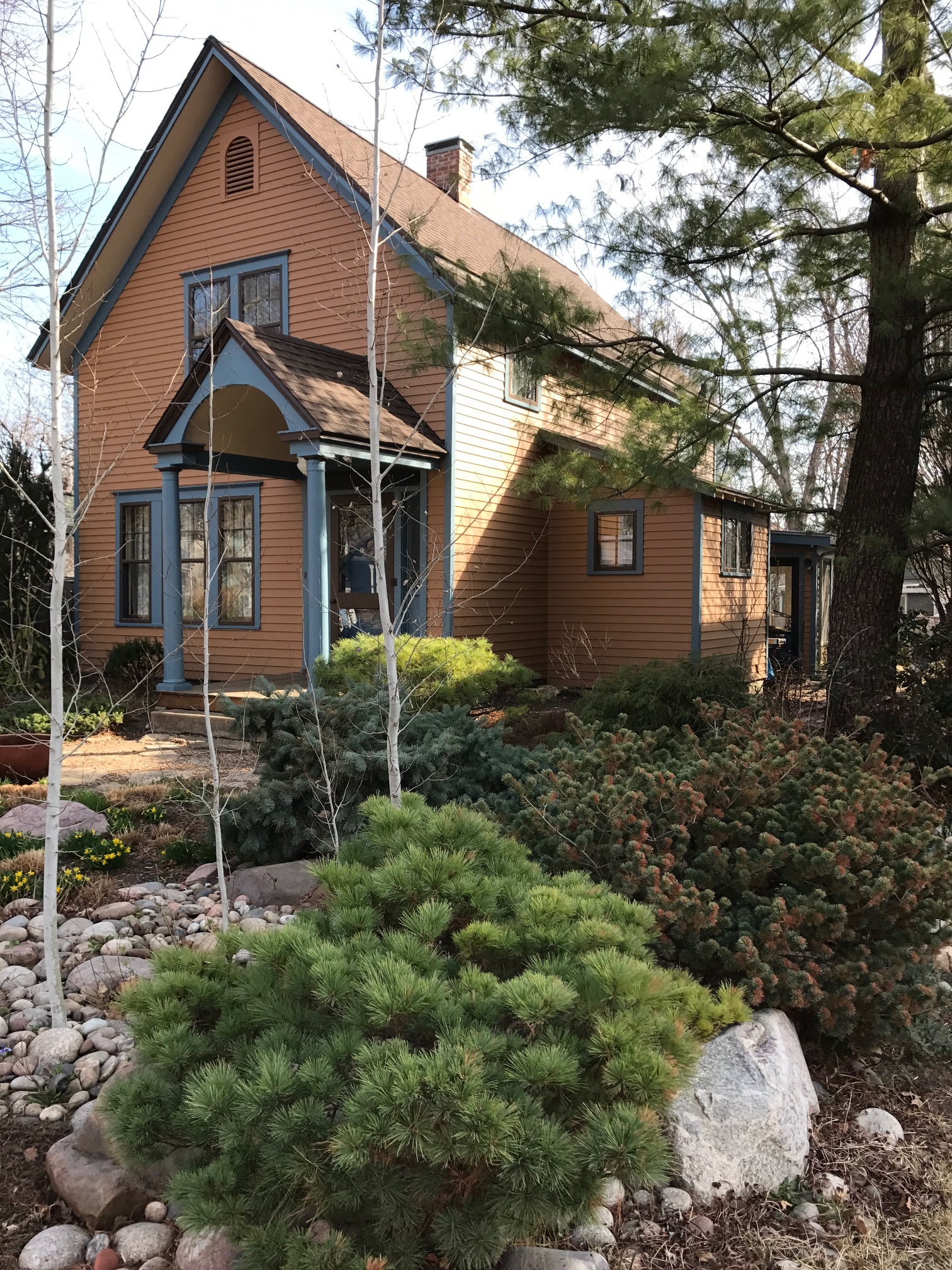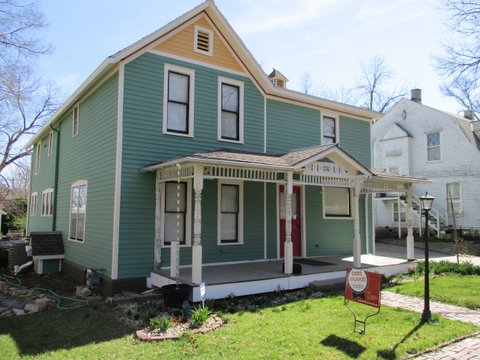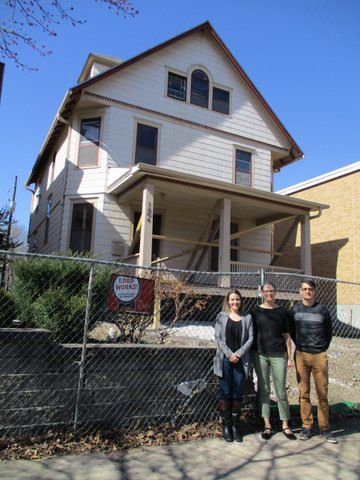A truly gracious person with a keen appreciation of the power of great architecture—the vernacular and historic in particular—Olive came to us from Toronto, Kan., at the northern edge of the massive and ancient Cross Timbers Forest that stretches south through Oklahoma and into Texas. During her time as a student at the University of Kansas (culminating in 1938 with a degree in entomology), she developed a great affection for particular structures she would pass by during her daily life in Lawrence.
She married Sharon B. Stanford in 1940 and began a wonderful life in Phoenix, Ariz. Together, in Paradise Valley, they constructed a home of adobe brick made on the property—the home literally rising up from the land upon which it was built.
In 1991, 17 years after her husband’s death, Olive moved back to Lawrence to be close to her daughter Mary, who, with husband Tripp Anderson, had rehabbed and repurposed a large stone barn on the 9th Street hill as their home. Olive bought the vacant Mugan-Olmstead House (1866), just down the street, a house now listed on the Lawrence Register of Historic Places and, as of March 2017, the National Register of Historic Places.
Back in Lawrence, she began to reacquaint herself with those favorite places she had loved. A number of them were failing and threatened. Over the next 25 years of her life, at opportune times and in very quiet ways, she stepped in to save some of these for the benefit of our city and future generations.
First was her own historic home, where she directed a very sensitive rehabilitation of the native stone structure that harkened back to the days of the Old Windmill, which had been located just a few blocks south. Through her membership in LPA, Olive supported the Union Pacific Depot in North Lawrence, and more recently, the Turnhalle at 900 Rhode Island. Within the last two years, she rejoiced when LPA members worked privately to save and rehabilitate the little two-bedroom Rhody Delahunty House at 1106 Rhode Island, bringing it and the outbuildings there back to a condition as she would have remembered it during her days at KU.
Her most notable preservation achievement, however, was her work at the Old English Lutheran Church, now owned by the family and repurposed as the 1040 New Hampshire Professional Offices. This site was one of two in the past 40 years (the Douglas County Bank property at 9th and Kentucky being the other), where preservation battles were fought that had implications for future preservation law in both Lawrence and the State of Kansas. When the dust from this one had settled, Olive’s family was the new owner of the property, and a friendship with LPA was born.
Olive fully funded the rehabilitation of this property, and just as important, personally planned it, insisting that the reuse which would sustain the structure financially into the future do nothing to physically engage or disrupt the character-defining features which made the John Haskell- designed structure unique and historic. Re-opening in 1993, the building has since been recognized with multiple preservation and architectural awards, all without most in Lawrence even knowing who Olive was, or the great thing she had done.
